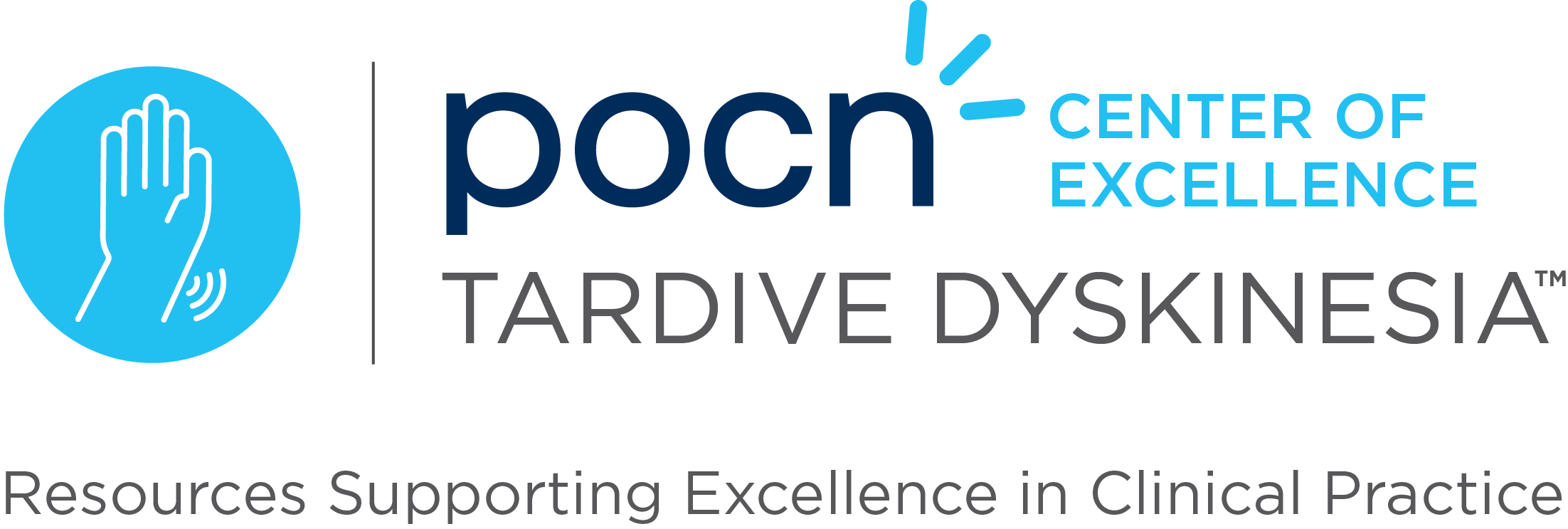Tardive dyskinesia (TD) involves involuntary movements of the tongue, lips, face, trunk, and extremities, and it can be linked to considerable functional impairment and can be socially stigmatizing. Once a TD diagnosis is recognized, it is often irreversible. It is crucial for an accurate and early diagnosis, as the risk of TD permanence increases with time. Authors of this article urge clinicians to be educated on patients who are most at risk for TD and give appropriate clinical examination or use the Abnormal Involuntary Movement Scale. The authors also state that patients and their caregivers should be educated about the risks of TD with antipsychotics, as well as any alternatives, and to know the early signs of TD. The authors of this article provide a review of both the diagnostic and treatment basics of TD.
Reference: Correll CU, Citrome L. Diagnostic and Treatment Fundamentals for Tardive Dyskinesia. J Clin Psychiatry. 2021;82(6):NU20016AX1C. doi:10.4088/JCP.NU20016AX1C



